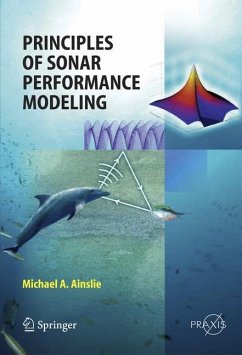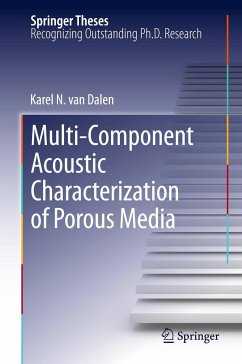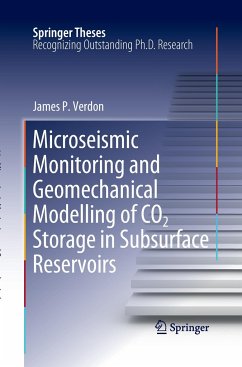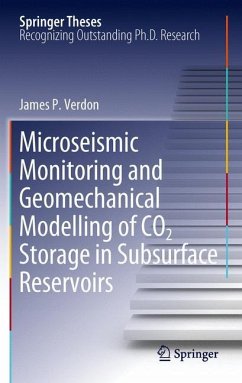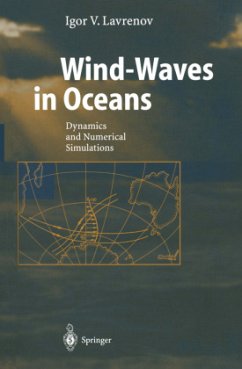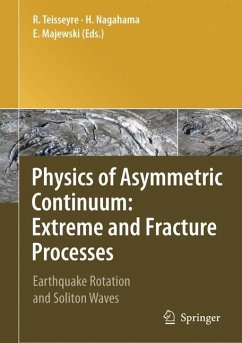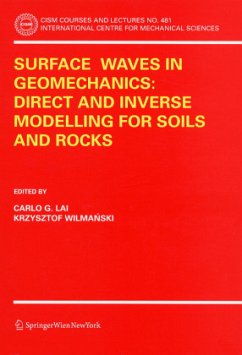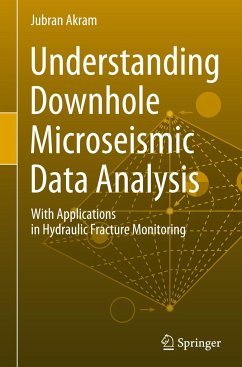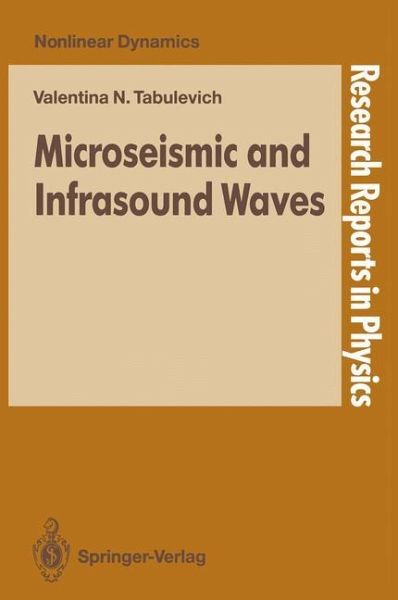
Microseismic and Infrasound Waves
Versandkostenfrei!
Versandfertig in 1-2 Wochen
77,99 €
inkl. MwSt.

PAYBACK Punkte
39 °P sammeln!
Microseismic studies involve three main disciplines --
oceanography, meteorology, and seismology. In her
comprehensive treatment of the subject V.N. Tabulevich
discusses the simultaneous generation of microseisms,
oceanic standing waves, infrasound waves, geomagnetic
oscillations, and the effect of these waves on communication
systems. Techniques of locating the sources of excitation
are described, with applications to navigation and wave and
weather forecasting.
oceanography, meteorology, and seismology. In her
comprehensive treatment of the subject V.N. Tabulevich
discusses the simultaneous generation of microseisms,
oceanic standing waves, infrasound waves, geomagnetic
oscillations, and the effect of these waves on communication
systems. Techniques of locating the sources of excitation
are described, with applications to navigation and wave and
weather forecasting.
In the early 1950s microseisms, with characteristic amplitudes of several micro meters, were considered insignificant relative to powerful destructive earthquakes. They were understood to be noise, as natural fluctuations, not carrying any in formation and distorting recordings on seismograms. Intensive investigations over subsequent decades have shown, however, that microseisins are only a single facet of a huge complex of phenomena comprising cyclone movement over oceans, sea roughness, infrasound, geomagnetic micropulsations, terrestial of these phenomena proved to be confined in time currents, etc. The source and space, whereas their effects propagated over global distances. This could be interpreted as a case of natural "remote sensing". It should be mentioned that all of the evidence gathered in the last few decades supports the theory of M. S. Longuet-Higgins published in 1950. The author has been engaged in problems of microseisms since 1955 and is deeply convinced that these phenomena are not only of theoretical interest but may also find practical application in meteorology, oceanology, navigation and other areas. She hopes. that this book will stimulate further research as well as new approaches to practical problems.




